A visit to Marrakech would not be complete without immersing yourself in the world of famous Marrakech cuisine, which is an integral part of the city’s charm and heritage. Moroccan cuisine is considered one of the richest in the world, and Marrakech stands out with its unique flavors and traditional dishes that reflect the history and culture of the Red City.
In this guide, we will discover the most iconic dishes and pastries of Marrakech, such as tagine, couscous, the unique Marrakech tanjia, pastilla, harira, as well as a variety of popular traditional pastries like chebakia and kaab el ghzal (gazelle horns). We will also present the best places to enjoy these dishes and valuable tips for an unforgettable culinary experience in the heart of Morocco.
Main Dishes of Marrakech: Rich Flavors and Ancestral History
Marrakech cuisine is known for its main dishes that offer an exquisite blend of sweet and savory flavors, slowly simmered to perfection. These dishes are characterized by the use of authentic Moroccan spices and traditional preparation methods passed down from generation to generation.
Tagine
Tagine is the cornerstone of Marrakech cuisine, named after the conical clay dish in which it is cooked. It is characterized by slow cooking that allows flavors to blend perfectly. Marrakech is known for its various types of tagines, some distinctively mixing sweet and savory flavors.
Among the most famous Marrakech tagines: chicken tagine with olives and preserved lemon, meat tagine with prunes and almonds, and kefta tagine with eggs and tomatoes. What distinguishes Marrakech tagine is the generous use of local spices such as saffron, cumin, and turmeric, giving the dish its unique flavor.
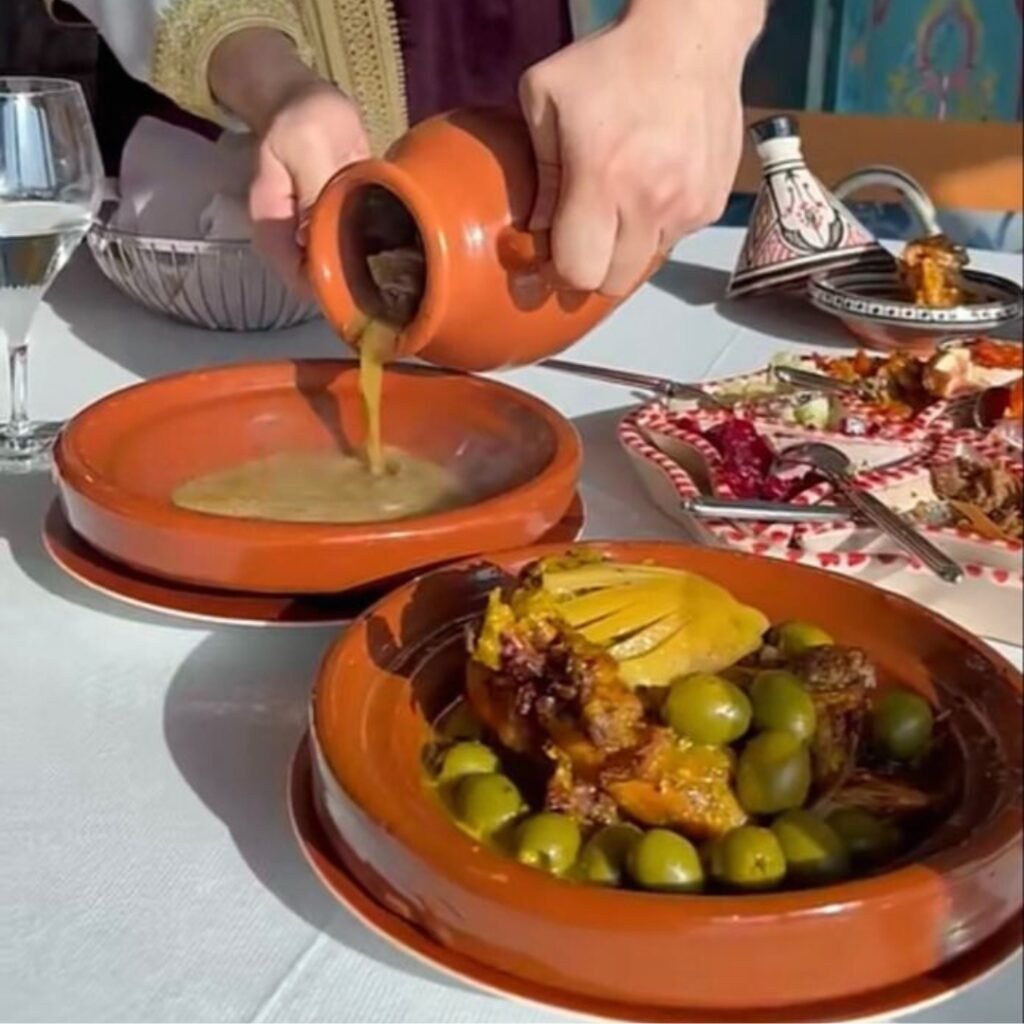
Couscous
Couscous is one of the oldest Moroccan dishes and one of the most tied to culture and traditions. It consists of steamed wheat semolina over a rich broth of vegetables and meat. In Marrakech, couscous is particularly associated with Friday, when families gather after Friday prayer to enjoy it.
The Marrakech version of couscous is distinguished by its presentation with seven different vegetables, or with tfaya (caramelized onions and raisins), topped with pieces of meat or chicken. It is usually served in a large shared dish that brings family or friends together, reflecting the spirit of Moroccan hospitality.
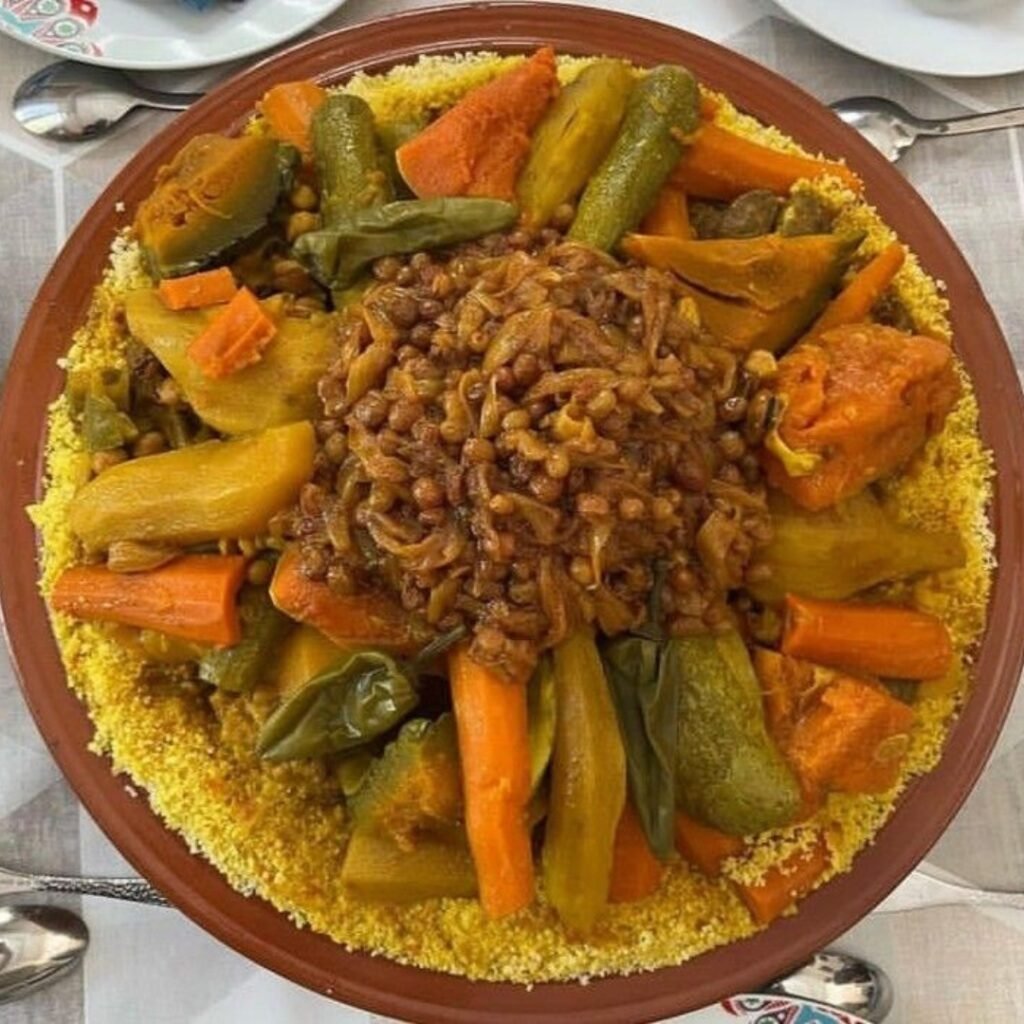
Pastilla (Bastilla)
Pastilla is a sophisticated Moroccan pie that reflects the influence of Andalusian cuisine. It consists of thin layers of brick pastry stuffed with a delicious mixture. In Marrakech, two main types are known:
Chicken pastilla, containing seasoned chicken, eggs, roasted almonds, and a sweet seasoning of cinnamon and sugar, creating a unique harmony between sweet and savory flavors. The second type is seafood pastilla, a more modern version using fish and shrimp.
Pastilla is usually served on special occasions and celebrations and is considered one of the most complex and elegant dishes in Moroccan cuisine.
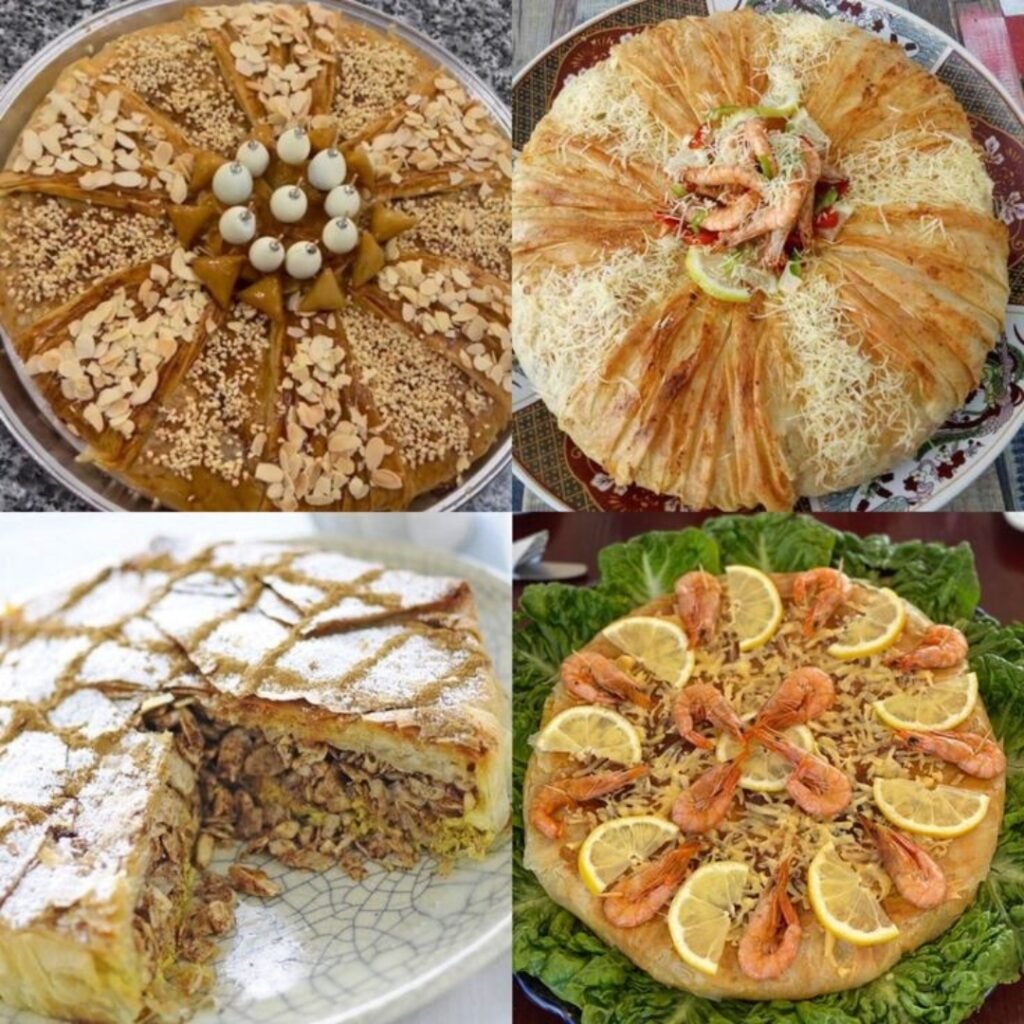
Harira
Harira is a traditional Moroccan soup rich in ingredients and flavors. It is prepared with tomatoes, lentils, chickpeas, and fresh herbs, sometimes garnished with small pieces of meat. Harira holds special importance during the month of Ramadan, where it is used to break the fast.
In Marrakech, harira is often served with dates and chebakia, and is an ideal start to a traditional Moroccan meal. It can be found in most Marrakech restaurants and food stalls in Jemaa el-Fna square, especially in the evening.

Marrakech Tanjia: Icon of Authentic Marrakech Cooking
Marrakech tanjia is not just a simple dish, but a story rooted in the culinary history of Marrakech, unique to this city. Tanjia represents one of the secrets of traditional Marrakech cuisine that cannot be tasted with the same authenticity anywhere else.
What Distinguishes Tanjia: Cooking Method and Flavor
Tanjia is a meat dish (usually lamb or beef) slowly simmered in a special clay container resembling a jar, called “tanjia.” What distinguishes this dish is its unique cooking method, where the meat is seasoned with distinctive spices such as saffron, cumin, garlic, preserved lemon, and argan oil or smen (fermented butter).
The most distinctive aspect of tanjia is its cooking method: the ingredients are placed in the container, sealed tightly, and then sent to the traditional oven or hammam (steam bath), where it simmers slowly for a long period (often overnight) in the remaining embers. This method gives the meat an incomparable flavor and exceptional tenderness that melts in the mouth.
Tanjia: A Dish of Men and Friends
Tanjia is historically linked to artisans and workers in Marrakech, where men would prepare this dish together in the morning and leave it to cook during their work, then gather to eat it. That’s why it’s sometimes called “the bachelor’s dish” or “the men’s dish.”
Unlike tagine or couscous, tanjia is rarely prepared at home, due to its need for a traditional oven. But it has now become an essential part of the gastronomic tourism experience in Marrakech, and can be tasted in many traditional restaurants and food stalls in Jemaa el-Fna square.

Traditional Pastries and Confections of Marrakech: Melting Delights
The culinary world of Marrakech is complemented by a wonderful range of traditional pastries and confections, perfect for accompanying tea or as a souvenir. Marrakech pastries are characterized by the abundant use of nuts, sweet syrup, and orange blossom water.
Chebakia
Chebakia is one of the most famous Moroccan pastries, characterized by its unique shape resembling a rose or honeycomb. It is made of fried dough then dipped in honey syrup and sprinkled with sesame. Chebakia is closely linked to the month of Ramadan, where it is usually served with harira to break the fast, but it is available year-round in Marrakech pastry shops.
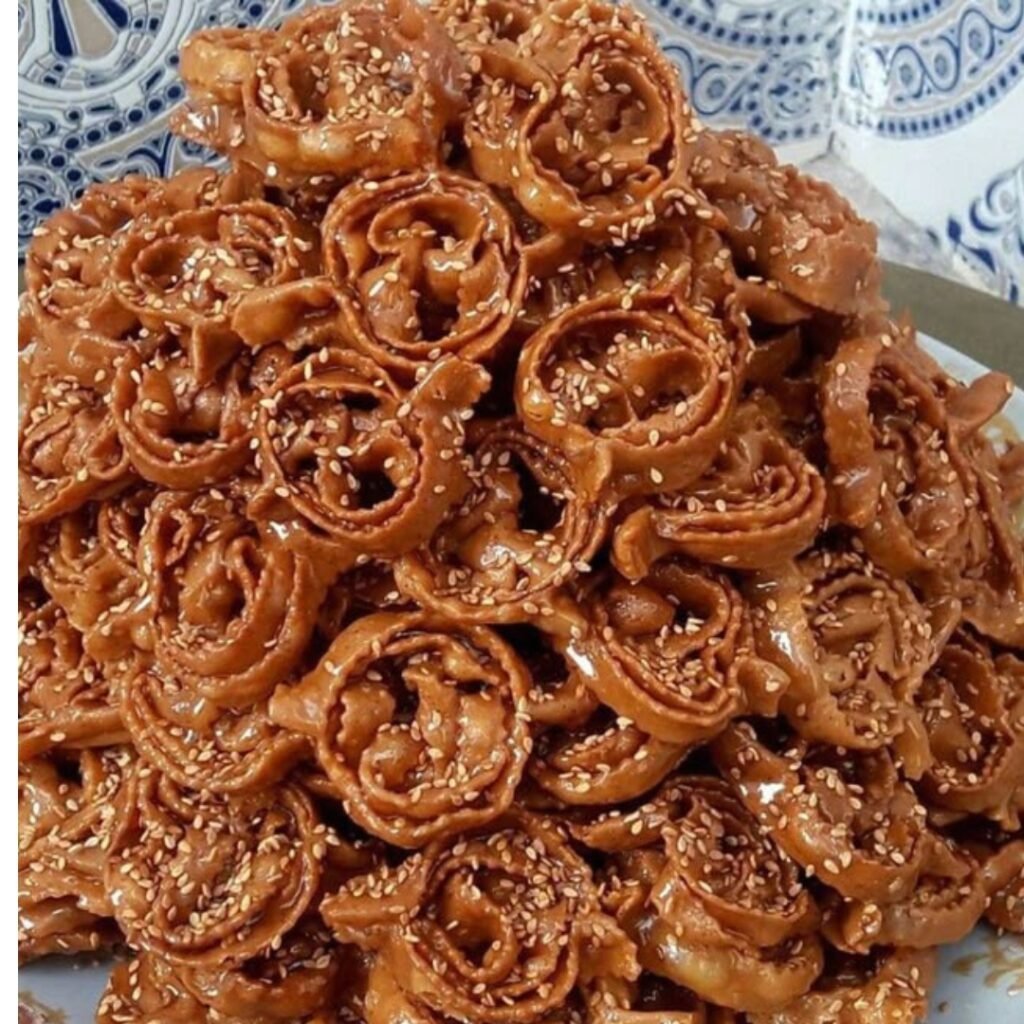
Kaab el Ghzal (Gazelle Horns)
Kaab el Ghzal or “gazelle horns” is an elegant Moroccan pastry in the shape of a crescent. It consists of thin pastry filled with almond paste flavored with orange blossom water. It is distinguished by its smooth texture and attractive appearance, and is often served on special occasions and festivals, being one of the favorite pastries to serve with Moroccan tea.
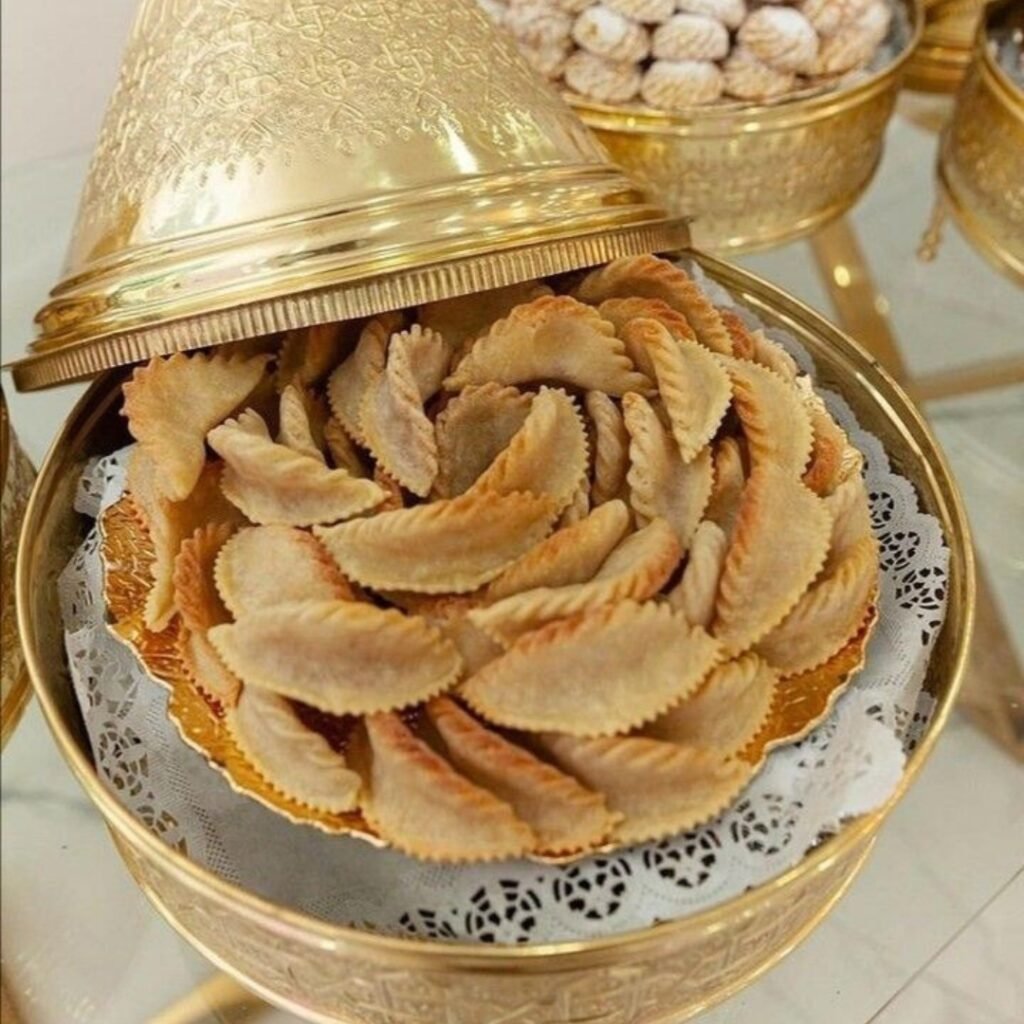
Makrout
Makrout is a diamond-shaped pastry, made of semolina dough stuffed with date paste, then fried or baked and dipped in sweet syrup. Although associated with other regions of Morocco, it is widespread in Marrakech and can be found in traditional pastry shops.
Fekkas
Fekkas is a type of dry Moroccan biscuit, similar to Italian biscotti. It usually contains almonds and raisins or anise seeds. It is characterized by its crunchy texture, making it ideal for dipping in Moroccan mint tea. It is one of the pastries that keeps for a long time, so tourists often buy them as souvenirs.
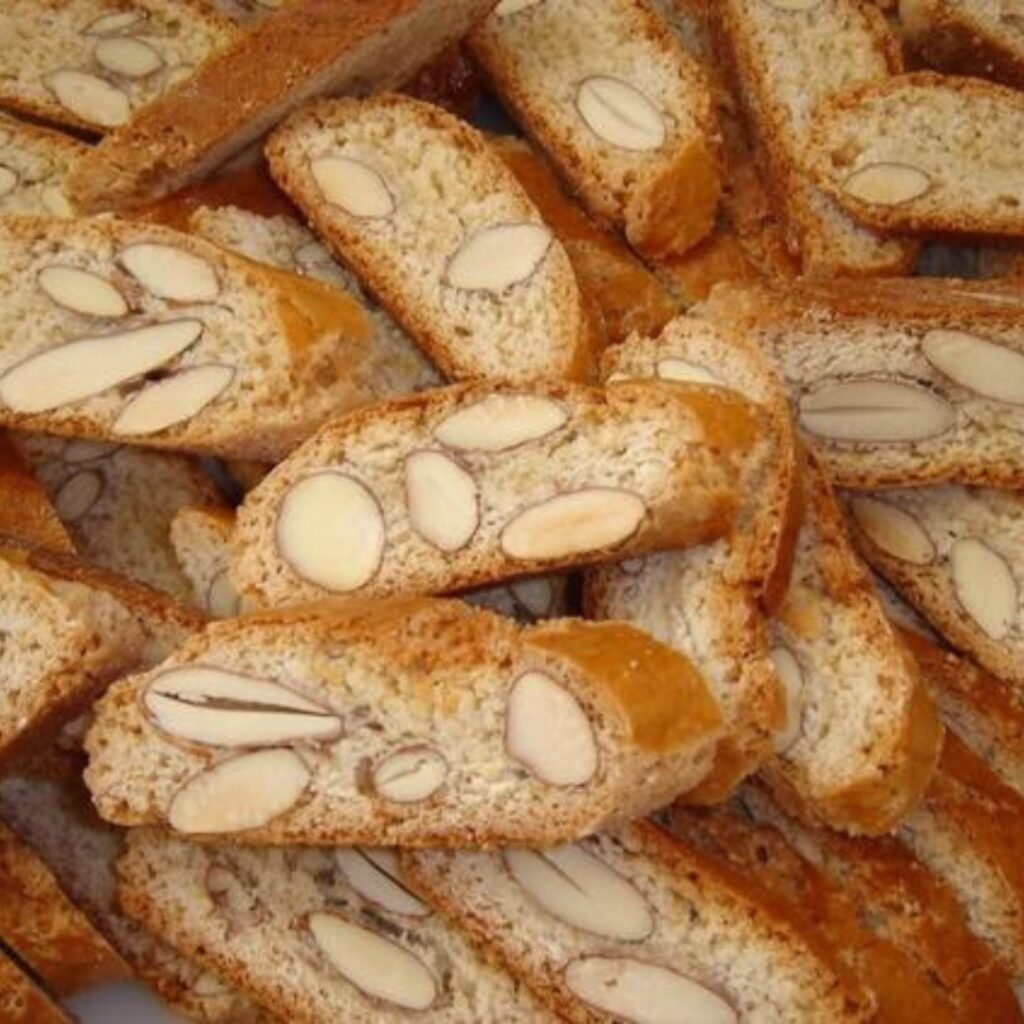
Ghoriba
Ghoriba is a traditional Moroccan cake characterized by its round shape and cracked surface. There are several varieties, such as almond ghoriba, sesame ghoriba, coconut ghoriba, and simple flour ghoriba. It is distinguished by its crumbly texture that melts in the mouth, and is one of the essential pastries at Moroccan occasions.
All these pastries are traditionally served with Moroccan mint tea, creating a perfect balance between the sweetness of the pastries and the refreshing flavor of the tea.
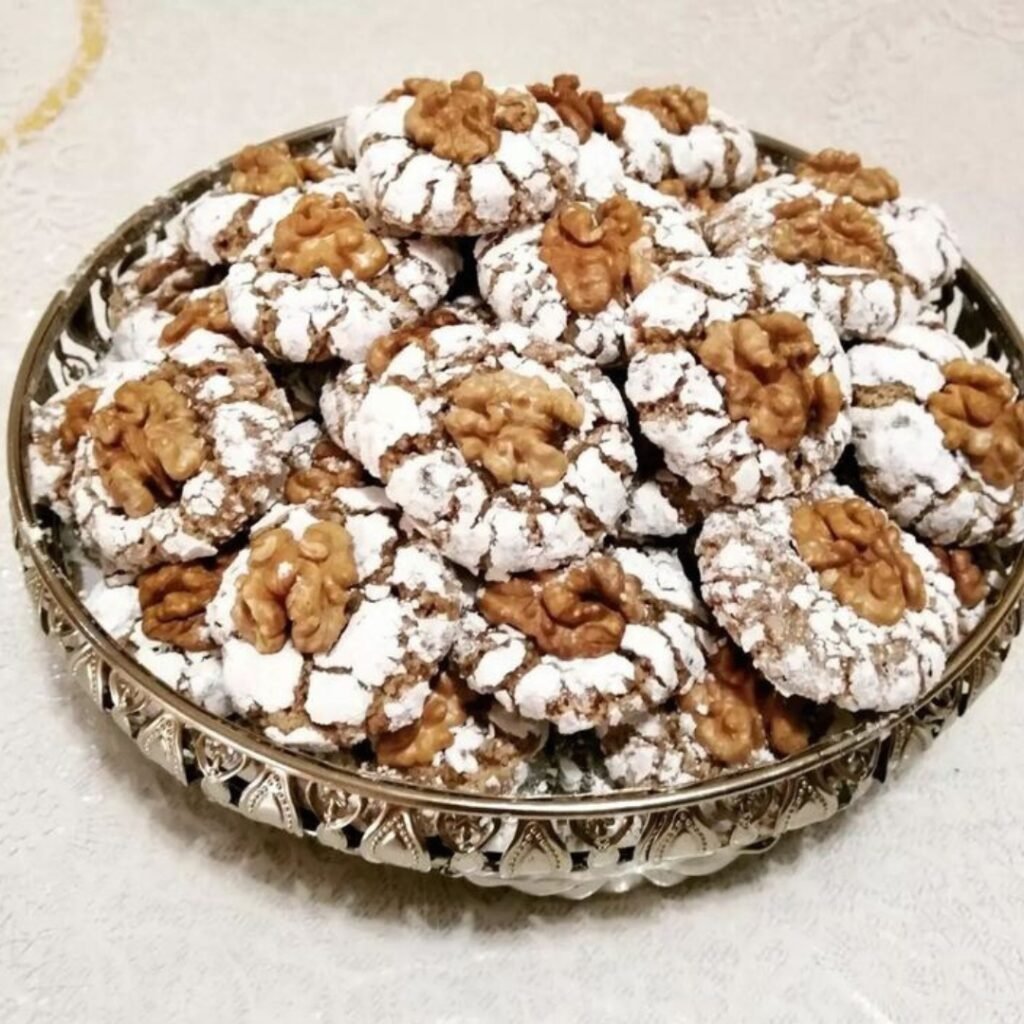
Where to Taste These Traditional Dishes and Pastries in Marrakech?
To discover the flavors of Marrakech cuisine and taste the mentioned dishes and pastries, you have several options suited to different tastes and budgets. Marrakech is a city rich in gastronomic options ranging from popular stalls to refined restaurants.
Food Stalls in Jemaa el-Fna Square
Jemaa el-Fna square transforms at sunset into a vibrant open food market. Dozens of stalls offer a variety of traditional Marrakech dishes. Here, you can try authentic Marrakech tanjia, harira, simple versions of tagine, and grilled meats. The atmosphere is lively and full of life, the prices are reasonable, making it an unforgettable experience to explore the flavors of local cuisine.
Traditional Restaurants
Marrakech houses a variety of traditional restaurants, from the simplest and local to the most luxurious oriented towards tourists. These restaurants are the ideal place to try various varieties of tagines, couscous (especially on Friday), and pastilla prepared in a traditional way. Some high-end restaurants may also offer special seasonal dishes on certain occasions.
Riads and Guesthouses
Riads and guesthouses in Marrakech offer a unique opportunity to taste Moroccan cuisine prepared in a homestyle way. You can enjoy couscous (any day if you request it in advance), tagine, and pastilla in a more quiet and private atmosphere. Some riads can prepare tanjia if arranged in advance, offering an authentic experience generally not available to ordinary tourists.
Bakeries and Pastry Specialty Shops
To taste traditional Marrakech pastries like chebakia, kaab el ghzal, fekkas, ghoriba, and makrout, head to bakeries and pastry specialty shops. These shops are spread throughout the old city (the medina) and offer a wide selection of traditional Moroccan pastries. The availability of chebakia increases during the month of Ramadan, but most pastries are available year-round.
The Marrakech Culinary Experience: Beyond Tasting
The culinary experience in Marrakech is not limited to tasting the dishes, but extends to exploring the world of ingredients, learning, and participating in the preparation of these dishes.
Spice Market and Ingredient Tours
Visiting the spice and ingredient markets in Marrakech is an extraordinary sensory experience. You can explore the spice souk where the colors and aromas of turmeric, saffron, cumin, and many unique Moroccan blends spread. These tours offer the opportunity to discover the secrets of Moroccan cuisine and the essential ingredients used in Marrakech cooking.
Cooking Classes
Cooking classes have become popular activities for tourists in Marrakech. Many schools and riads offer courses to learn how to prepare traditional Moroccan dishes such as tagine, couscous, pastilla, and even some pastries. The typical experience includes a visit to the market to buy fresh ingredients, then preparing the meal under the supervision of experienced local cooks, and finally enjoying what has been prepared.
The Cultural Importance of Marrakech Cuisine and its Dishes
Food occupies a central place in culture and social life in Marrakech. Marrakech cuisine is a unique blend of Berber, Arab, Andalusian, and Jewish influences, reflecting the rich history of the city.
In Marrakech culture, food is not seen as just a means of nutrition, but as an expression of generosity and hospitality. Shared meals strengthen family and social bonds, and different dishes are associated with specific occasions and seasons.
Tips for Fully Enjoying the Culinary Experience in Marrakech
Be Adventurous and Try New Flavors
Don’t hesitate to try new flavors and dishes. Marrakech cuisine is rich in delicious surprises that you won’t find anywhere else.
Don’t Be Afraid to Eat in Jemaa el-Fna Square (with Caution)
Food stalls in Jemaa el-Fna square are an essential part of the Marrakech experience. Look for stalls crowded with locals, it’s a good indicator of food quality.
Try the Accompanying Moroccan Tea
Moroccan mint tea is the ideal accompaniment to your Marrakech meal. Don’t miss the opportunity to taste it with traditional Moroccan pastries.
Ask Locals for Recommendations
Local residents are the best source of advice on where to eat and what to try. Don’t hesitate to ask for their recommendations.
Pay Attention to Timing: Friday Couscous and Seasonal Pastries
Some dishes are linked to specific days, such as couscous on Friday, while the availability of some pastries like chebakia increases during the month of Ramadan. Plan your visit taking these details into account.
Conclusion: Cooking in Marrakech… An Unforgettable Experience for All Senses
Cooking in Marrakech is not simply food, but a complete sensory journey combining deep flavors, captivating aromas, and vibrant colors. From delicious tagine to the unique Marrakech tanjia, from elegant pastilla to delicious traditional pastries, Marrakech cuisine offers a rich experience reflecting the history and culture of this enchanting city.
We encourage you to explore all the dishes mentioned in this guide, visit the suggested places to taste them, and consider a cooking class to learn the secrets of Marrakech cuisine. Share your experience with us and tell us what your favorite flavors are from your Marrakech journey!


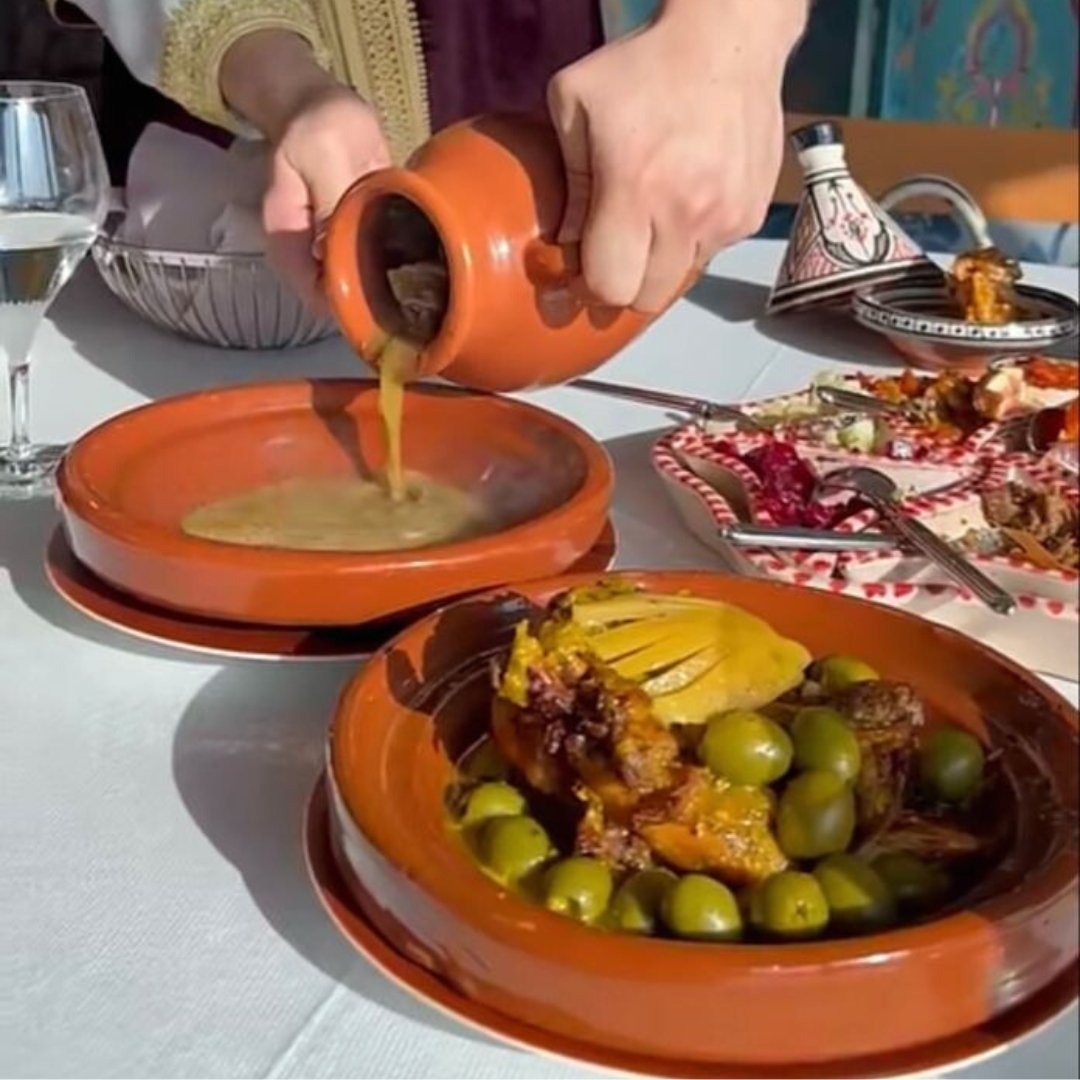



Leave a reply